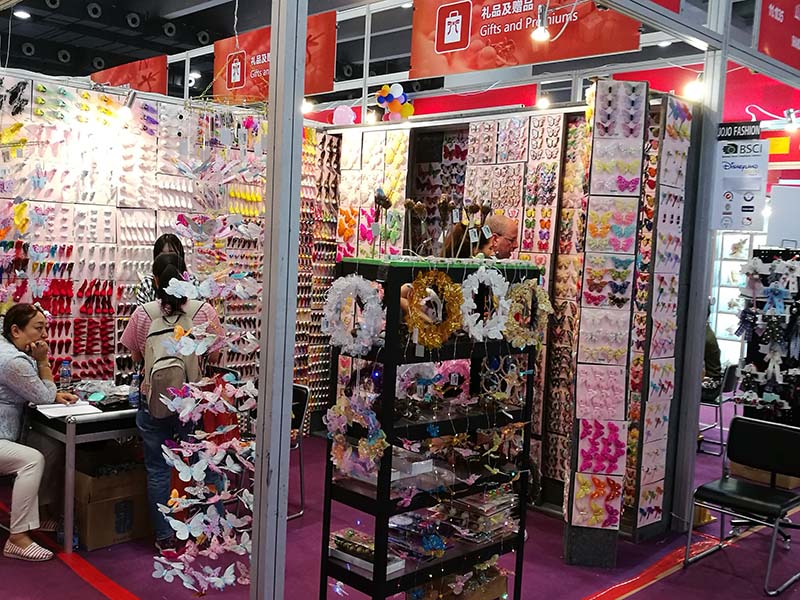Early 20th century, coarse Ni anode electrolytic refining processes find application in industry, the process is an anode having a low impurity content (total amount of impurities of 6% to 8%, about 1% sulfur, 85% greater than the primary metal), power consumption Low, the anolyte purification process is simple and so on. However, due to the preparation of the crude nickel anode, the high-nickel niobium roasting and reduction process is required, resulting in a complicated process and a large construction investment.
The slow-cooling, beneficiation separation of high-nickel bismuth and nickel sulfide anodic electrolysis is the development of nickel metallurgy technology in the 1950s and 1960s. The first to adopt this process was the International Nickel Company's Thompson refinery, which has since been widely used. China's Jinchuan Company and Chengdu Electric Metallurgical Plant also applied this technology. At present, more than 90% of China's nickel production is produced by this process. In many countries in North America and Western Europe, nickel sulphide electrolytic anodic electrolysis has replaced the traditional crude nickel anodic electrolysis process.
Nickel sulfide anode electrolysis is a major improvement over crude nickel anode electrolysis, eliminating the high nickel niobium roasting and reduction smelting process, which simplifies the process and reduces plant investment and production consumption. However, the nickel sulfide anode has a high sulfur content (generally 20% to 25% sulfur, including an outer length of 65% to 75%), and there are disadvantages such as large power consumption, large residual charge, and easy rupture of the anode plate.
For the nickel electrorefining process, due to the limited ability of the cathode process to remove impurities, the impurity elements in the anode are in the sulfate and chloride systems, and there are many kinds of impurities entering the solution, such as copper , iron , cobalt , lead , zinc, etc. Therefore, the catholyte must be pre-purified to control the content of impurity elements, and the diaphragm electrolyzer is used to separate the catholyte from the anolyte. The structure of the electrolytic cell is complicated.
Since the acidity of the nickel electrolytic refining electrolyte is relatively low, the pH is generally controlled to 4 to 5. This is because the precipitation overvoltage of hydrogen at the nickel cathode is low, and the precipitation potential of nickel which is moderately overvoltage is close to that of hydrogen, so that a small amount of hydrogen is often precipitated during nickel electrolysis. This not only reduces current efficiency, but also affects product quality because nickel can absorb hydrogen. In order to prevent and reduce the precipitation of hydrogen, industrially, a weakly acidic melt is used for electrolysis. Meanwhile, in order to maintain the electrolyte solution in an appropriate range of pH, addition of small amounts in the electrolytic solution as a buffer boric acid.
The common features of the two processes of crude nickel anodic electrolytic refining and nickel sulfide anodic electrorefining are: 1 solution requires deep purification; 2 uses diaphragm electrolysis; 3 electrolyte is weakly acidic.
The slow-cooling, beneficiation separation of high-nickel bismuth and nickel sulfide anodic electrolysis is the development of nickel metallurgy technology in the 1950s and 1960s. The first to adopt this process was the International Nickel Company's Thompson refinery, which has since been widely used. China's Jinchuan Company and Chengdu Electric Metallurgical Plant also applied this technology. At present, more than 90% of China's nickel production is produced by this process. In many countries in North America and Western Europe, nickel sulphide electrolytic anodic electrolysis has replaced the traditional crude nickel anodic electrolysis process.
Nickel sulfide anode electrolysis is a major improvement over crude nickel anode electrolysis, eliminating the high nickel niobium roasting and reduction smelting process, which simplifies the process and reduces plant investment and production consumption. However, the nickel sulfide anode has a high sulfur content (generally 20% to 25% sulfur, including an outer length of 65% to 75%), and there are disadvantages such as large power consumption, large residual charge, and easy rupture of the anode plate.
For the nickel electrorefining process, due to the limited ability of the cathode process to remove impurities, the impurity elements in the anode are in the sulfate and chloride systems, and there are many kinds of impurities entering the solution, such as copper , iron , cobalt , lead , zinc, etc. Therefore, the catholyte must be pre-purified to control the content of impurity elements, and the diaphragm electrolyzer is used to separate the catholyte from the anolyte. The structure of the electrolytic cell is complicated.
Since the acidity of the nickel electrolytic refining electrolyte is relatively low, the pH is generally controlled to 4 to 5. This is because the precipitation overvoltage of hydrogen at the nickel cathode is low, and the precipitation potential of nickel which is moderately overvoltage is close to that of hydrogen, so that a small amount of hydrogen is often precipitated during nickel electrolysis. This not only reduces current efficiency, but also affects product quality because nickel can absorb hydrogen. In order to prevent and reduce the precipitation of hydrogen, industrially, a weakly acidic melt is used for electrolysis. Meanwhile, in order to maintain the electrolyte solution in an appropriate range of pH, addition of small amounts in the electrolytic solution as a buffer boric acid.
The common features of the two processes of crude nickel anodic electrolytic refining and nickel sulfide anodic electrorefining are: 1 solution requires deep purification; 2 uses diaphragm electrolysis; 3 electrolyte is weakly acidic.
45cm artificial parrot Feather parrot parrot parrot parrot parrot garden garden flower shop decoration birds.9cm small six color bird magnet feather imitation bird decoration bird yellow powder orange red purple green six colors.Creative magpie auspicious bird simulation Bird Festival jewelry simulation feather bird Wedding Christmas bubble bird bird.



Arts And Crafts,Handicrafts Goods,Handicraft Gifts,Handicrafts Tools
Xintong Craft Gift Co.,LTD , https://www.xintonggift.com